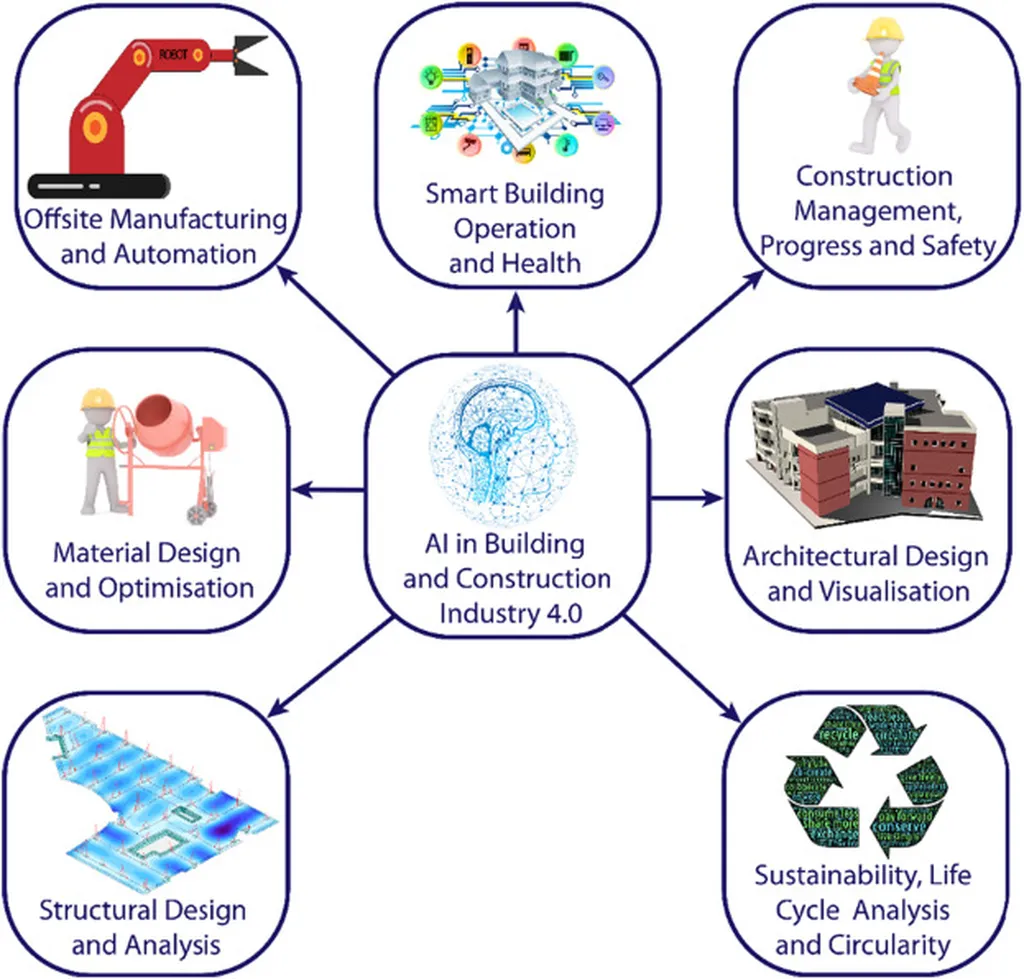In the ever-evolving landscape of construction management, a groundbreaking study led by Latif Onur Uğur from Düzce University is set to revolutionize how we approach contract management. Published in the Düzce University Journal of Science and Technology (Düzce Üniversitesi Bilim ve Teknoloji Dergisi), Uğur’s research delves into the intricate world of Design-Build contracts, leveraging the power of machine learning (ML) to strike a delicate balance between time, cost, and quality.
Uğur’s work is a beacon of innovation, particularly in the energy sector, where construction projects are often characterized by their complexity and high stakes. “The integration of machine learning in contract management is not just a novelty; it’s a necessity,” Uğur asserts. “It offers a novel approach to analyzing construction contracts and has the capacity to enhance decision-making in contract management and negotiations.”
The study focuses on standard construction contracts, specifically the FIDIC Conditions of Contract for Design, Build and Operate, and the JCT Design and Build Contract. By employing natural language processing (NLP) methodologies such as Term Frequency-Inverse Document Frequency (TF-IDF), Word2Vec (Continuous Bag-of-Words and Skip-Gram), and Bag-of-Words (BoW), Uğur and his team have developed a classification model that promises to redefine the industry’s approach to contract analysis.
The model’s efficacy was evaluated using various ML algorithms, including Support Vector Machines (SVM), Decision Trees (DT), and Ensemble Learning (EL) techniques like XGBoost. The results were impressive, with the integration of the Skip-Gram approach and the XGBoost model yielding the highest accuracy and F1 scores. In the 80%-20% train-test split, the F1 score was recorded at 0.8858 and the accuracy at 0.8779, underscoring the significance of capturing contextual information.
However, the study is not without its challenges. The primary constraint lies in the inability to make a precise separation in the dataset, as time and cost aspects in contract texts frequently overlap. This has led the model to occasionally miscategorize certain words, thereby diminishing accuracy rates. “The variety of legal and technical terminology in contracts has hindered the model’s ability to appropriately evaluate some expressions,” Uğur explains. “This is an area that requires further refinement.”
The implications of this research are far-reaching, particularly for the energy sector. Construction projects in this domain are often characterized by their scale, complexity, and the need for precise contract management. By providing a framework for the more efficient management of time, cost, and quality factors, Uğur’s model could significantly enhance decision-making processes, ultimately leading to more successful project outcomes.
As the construction industry continues to evolve, the integration of machine learning in contract management is poised to become a standard practice. Uğur’s research is a testament to the transformative potential of this technology, offering a glimpse into a future where data-driven decisions are the norm. “This is just the beginning,” Uğur concludes. “The potential for machine learning in construction management is vast, and we are only scratching the surface.”
In the realm of construction and energy, where every decision counts, Uğur’s work is a beacon of innovation, guiding the industry towards a future where efficiency, accuracy, and success are not just goals, but guarantees.

